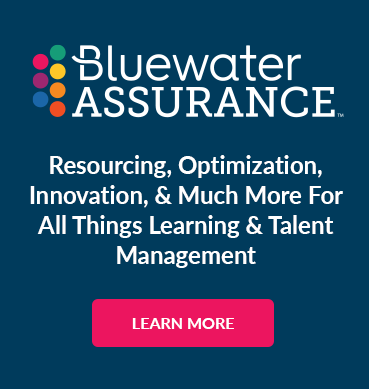HCM Transforming Before Our Eyes – Workforce Planning
by Chris Bond | June 3, 2020 11:28 AM | The Future of Talent Management

The past few months have brought change, heartache, and new opportunities for many of us. Opportunities to connect virtually with family, friends, and colleagues in new and unique ways. From celebrating Easter with my grandkids from 20 yards away to watching a young man play his guitar from the back of a truck throughout my neighborhood to noticing more people outside walking, and more importantly, the abundance of kindness, it has been quite the experience.
Some states are reopening quicker than others, and many organizations are changing and evolving rapidly, while some organizations are taking their time. I speak to HCM, learning, and talent industry leaders, executives, and clients on a daily basis. So far, I am hearing that many things have already changed, and they may never go back to where they were before. What does that mean for each of us and where should we focus?
This week, I will start to share three important trends that I believe will be integral in shaping the workforce of tomorrow. The first is workforce planning.
One question I am consistently asked is the difference between workforce planning and workforce management. The simple answer is that workforce management focuses on the workforce of today while workforce planning focuses on the workforce of the future.
Understanding the requirements of your organization’s workforce is priority number one. Building a skills supply list is an important first step in defining which skills are needed for the future. Then you should conduct a skills inventory and perform a gap analysis. Many organizations have begun this process and there is a constant struggle because job skill profiles are incomplete and need attention. Executives are even telling me they are going to start asking their organizations to provide near and long-term projections on staffing requirements.
There are three phases I would recommend to your workforce planning process.
Phase 1
- Ensure your job roles have connected skill requirements
- Develop a process for conducting a skills inventory
- Conduct a skills inventory and build your skills supply chart
Phase 2
- Understand high–level business goals for the next 12 and 24 months
- Develop a skills demand chart based on the future needs of the business
- Define the team responsible for conducting a skills supply vs. demand evaluation
- Define at least two, but preferably three, scenarios to compare in your evaluation
- Conduct the skills supply and demand evaluation
Phase 3
- Review your evaluation with the business
- Plan for two potential outcomes: Recruit to fill the gaps or develop to fill the gaps
- Build a business case that will help guide you to a recruit vs. develop decision
- Build a plan for onboarding or re-boarding employees based on changes in their role. Be ready to execute that plan.
This is a fantastic opportunity for HCM leaders to impact the future of your business in a very positive way.
Over the past few weeks, I have received several requests from clients to talk about the industry changes and where we are seeing successful transformations in this new way of work.
Interested in learning more about Workforce Planning?
Feel free to reach out to us directly!
Search Our Blogs
Categories
- Ad Hoc
- ADMIN
- administration
- AI
- analytics
- anxiety
- Artificial intelligence
- automation
- BI
- blog
- Blueprint
- center of excellence
- Communication
- COVID-19
- Culture
- Custom Content
- customer service
- Data
- Employee Engagement
- Shark Bites - Cornerstone Edition
- Shark Bites - SumTotal Edition
- Shark Bites - Ultimate Edition
- The Future of Learning
- The Future of Talent Management
- User Experience
- UX
- wellbeing

